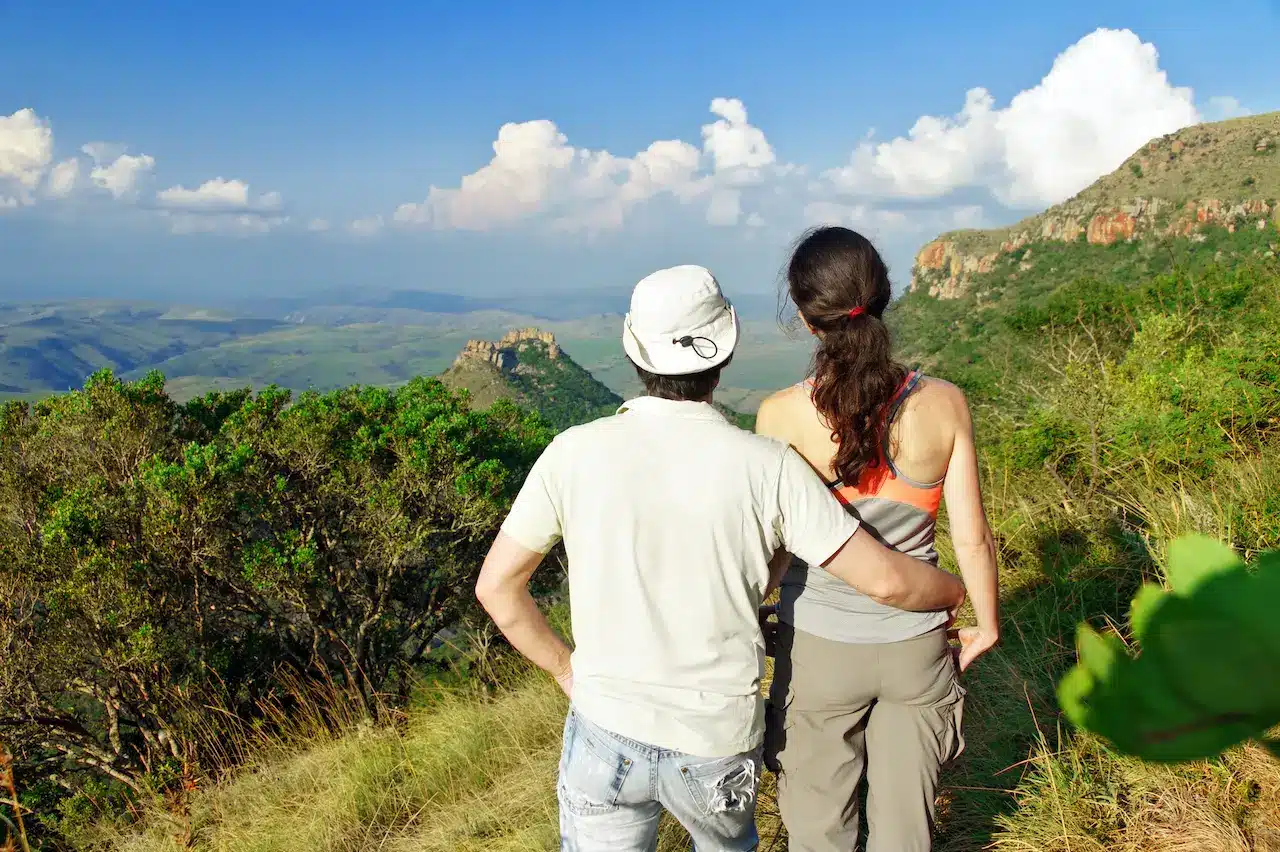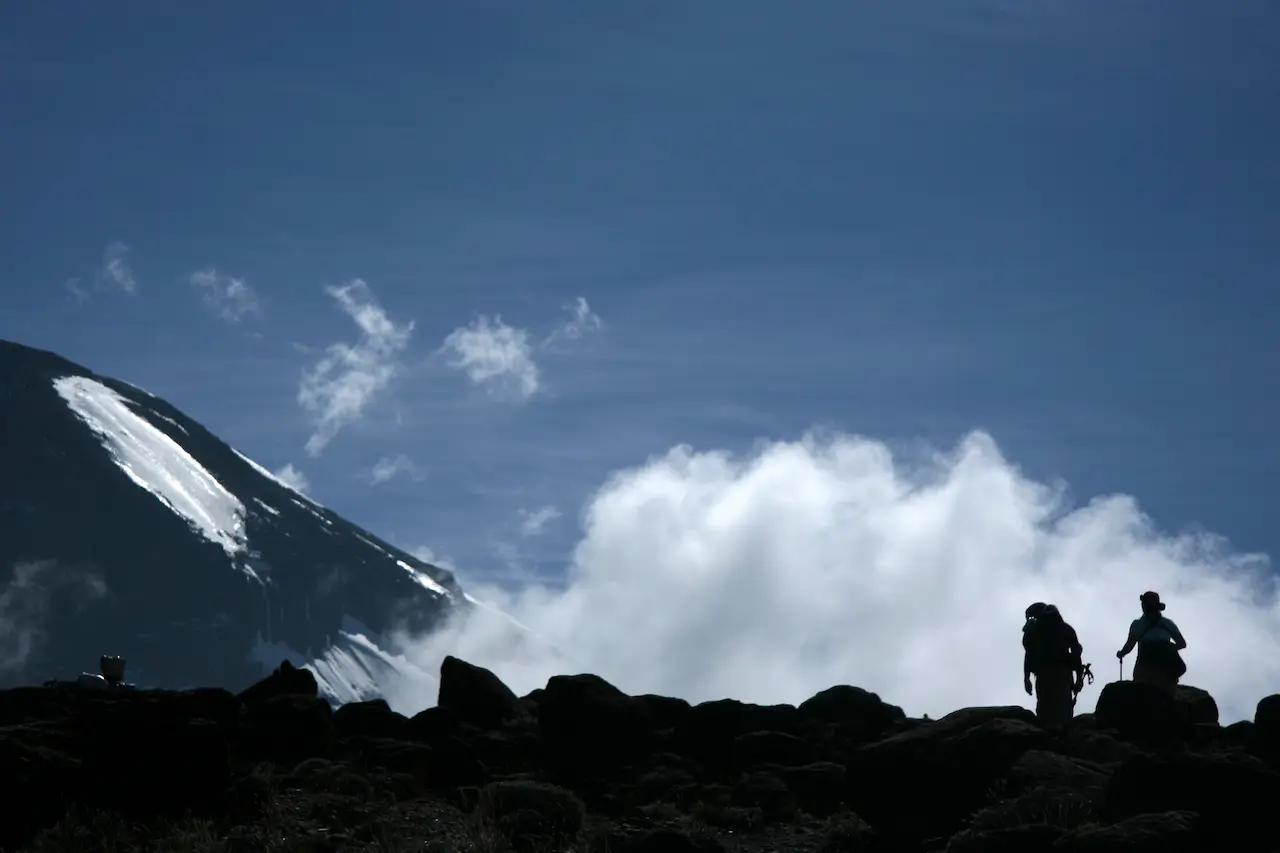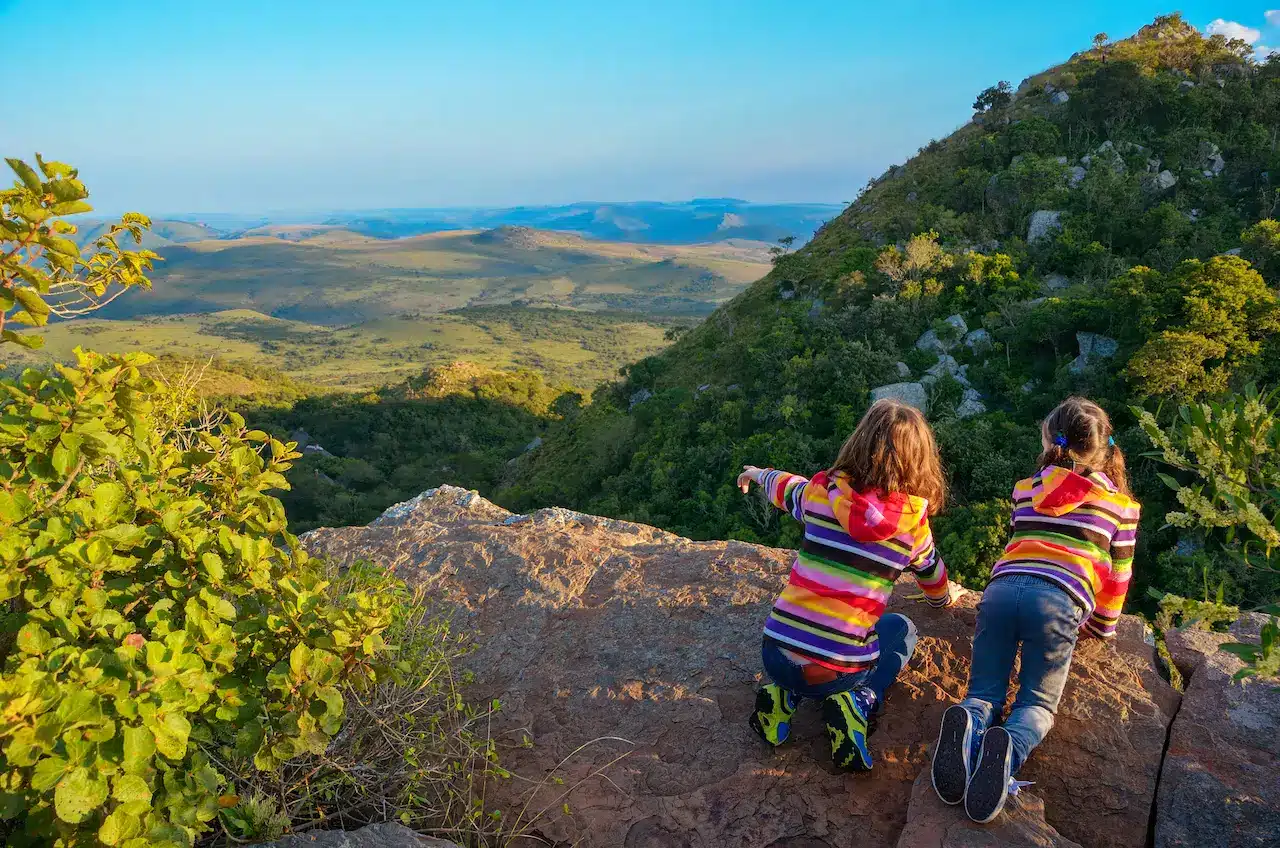Promote Sustainable Tourism through Trekking
How to Promote Sustainable Tourism through Trekking
Sustainable tourism evaluates and considers its current and future economic, social, and environmental impacts. It addresses visitors’ needs, the industry, the environment, and host communities. It is a way of traveling that respects and preserves the natural and cultural heritage of the destinations while also contributing to their development and well-being.
Trekking is one of the most popular and rewarding forms of sustainable tourism. Travelers can experience nature at its best while embarking on a safari through these trips and learn about and support local communities. This blog will discuss the benefits, principles, and best practices of promoting sustainable tourism through trekking.

Benefits of Sustainable Trekking
Environmental Preservation
Trekking helps to protect and conserve the natural environment. It does this by minimizing the negative impacts of tourism, such as pollution, waste, carbon emissions, and resource depletion.
Trekking also raises awareness and appreciation of the environmental challenges and solutions that the destinations face. The program encourages tourists to contribute to conservation projects and initiatives.
Statistics from Statista estimate that 6.7 million people died due to air pollution worldwide, 4.1 million of which came from ambient (outdoor) pollution. Trekkers can reduce their carbon and ecological footprints when walking, cycling, public transit, or driving an electric vehicle.
Support For Local Communities
Trekking helps to support and empower local communities by creating economic opportunities, enhancing social inclusion, and promoting cultural diversity. Choosing responsible tour operators for accommodation, food, transportation, and guides is crucial to ensure that your expenditure directly benefits the locals. Platforms like Bookatrekking.com can be invaluable in connecting trekkers with local and responsible trekking options, whether in Nepal, Peru, or other popular destinations.
In Nepal, for example, one of the world’s most renowned trekking destinations, tourism accounted for 7.9% of the GDP and 6.7% of total employment in 2023. Consequently, sustainable tourist practices, such as using renewable energy, reducing waste, and preserving local culture, have gained momentum.
Interacting with local communities and exchanging knowledge and experiences can provide trekkers with a deeper understanding of local traditions, values, and customs. Being mindful of these customs fosters mutual respect and understanding, ensuring a positive impact on both the traveler and the host community.
Principles of Sustainable Trekking
Sustainable trekking is based on principles that guide the behavior and actions of travelers, tour operators, and host communities. Some of these principles include:
Leave No Trace
This principle means that trekkers should know about pollution problems and leave the places they visit as they find them, or even better.
It involves avoiding littering, disposing of waste properly, minimizing the use of fire, camping in designated areas, staying on the trails, and respecting the wildlife and plants.
Respect For Local Customs
This principle means trekkers should know and adhere to the host communities’ local norms, rules, and etiquette.
It involves dressing appropriately, asking for permission before taking photos, avoiding sensitive topics, learning essential words and phrases, and following the local laws and regulations.

Best Practices for Promoting Sustainable Trekking
Sustainable trekking requires the collaboration and commitment of all the stakeholders involved, including travelers, tour operators, and host communities. Some of the best practices for promoting sustainable trekking are:
Choose Responsible Tour Operators
Travelers should research and select tour operators committed to operating responsibly and have the necessary certifications, policies, and practices to prove it.
Responsible tour operators should minimize their environmental impact, employ and train local staff, support local businesses and communities, and educate and inform their clients about sustainable tourism.
Minimizing Environmental Impact
Travelers should reduce their carbon and ecological footprint by choosing low-impact or carbon-neutral modes of transportation, such as walking, cycling, public transport, or electric vehicles.
Using renewable energy sources, like solar panels or wind turbines, and avoiding single-use plastics and disposable items like bags, cups, and cutlery are also essential.
Conclusion
Sustainable tourism is a way of traveling that benefits travelers and their destinations. It creates positive impacts and minimizes negative ones. Trekking is one of the most enjoyable and rewarding forms of sustainable tourism.
It allows travelers to discover the world’s natural and cultural wonders while supporting and respecting the local communities and environment. Incorporating these benefits, principles, and best practices can make your trekking trips more rewarding, memorable, and meaningful.


